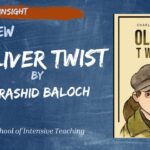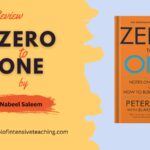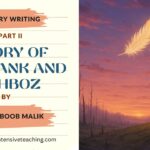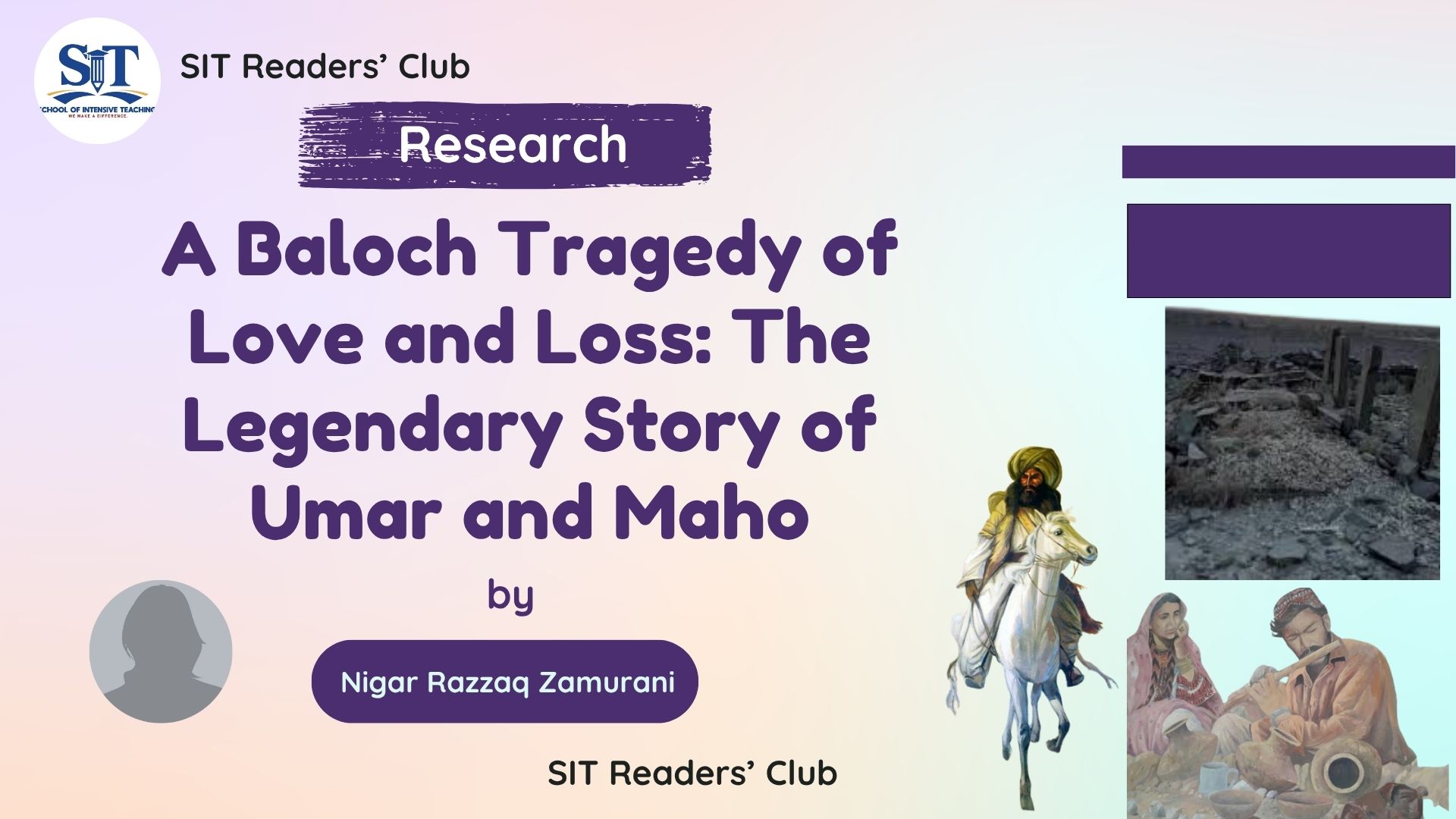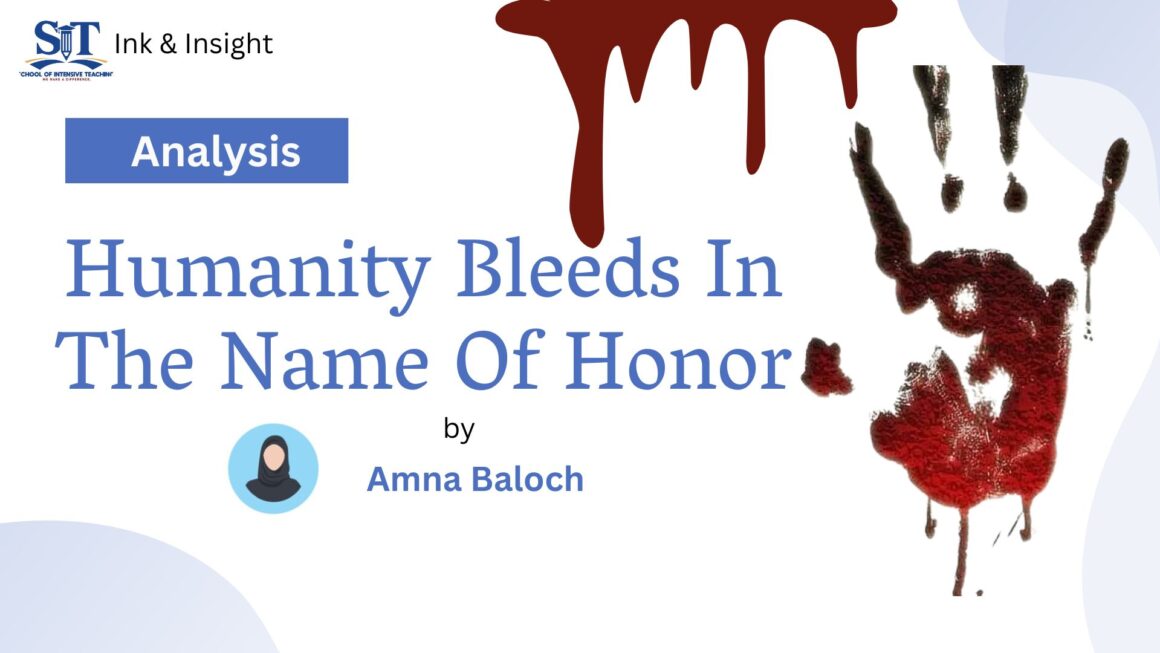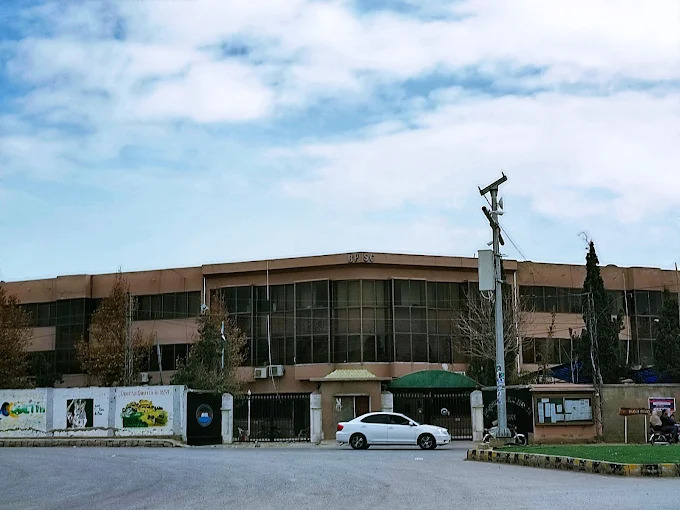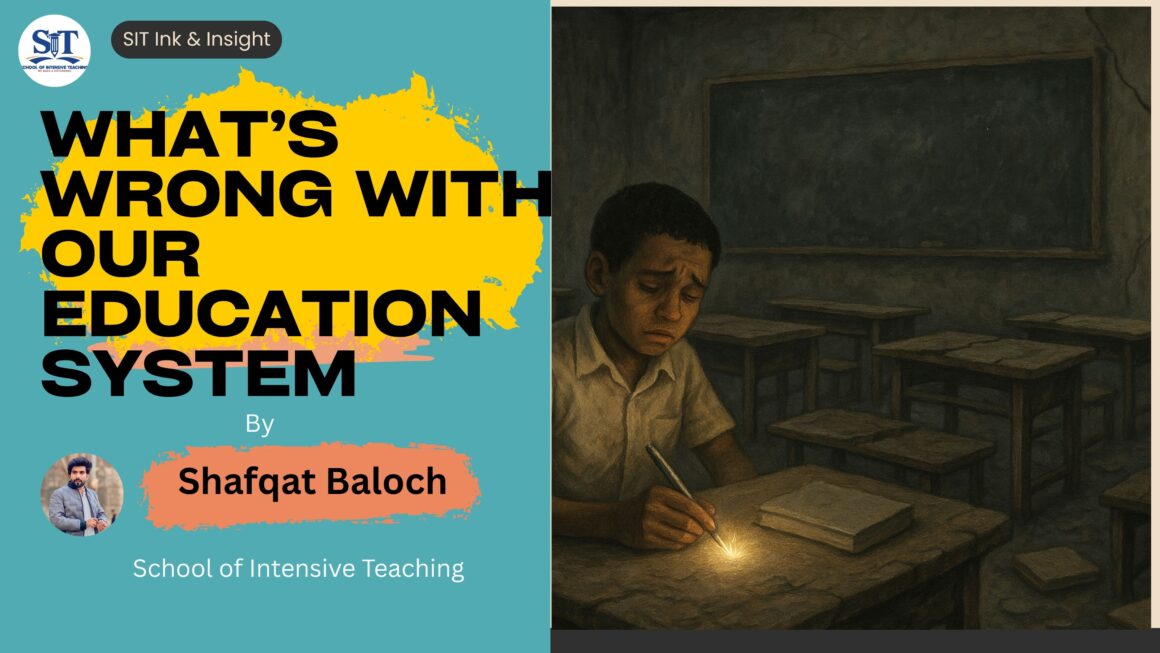Introduction
Zamuran, a region in the Kech District approximately 60 miles from Turbat City, stands as a cultural nucleus in Balochistan. It is a landscape brimming with emotion, spirituality, and communal memory. Known for its raw beauty and deep-rooted traditions, Zamuran evokes a sense of timelessness—a canvas awaiting the imprint of stories and legacies.
Among its sacred landmarks lies Adeera-e-Dan, a burial ground whispered to be the final resting place of two tragic lovers: Umar and Maho. Birds are said to carry their sorrowful tale across the mountains, a story steeped in love, fate, and honor. Like the legendary romances of Shirin-Farhad, Hani-Shah Mureed, and Sassi-Punnu, this tale also resonates deeply, echoing the universal yet locally anchored nature of love and tragedy.
Umar and Maho’s story, ancient as the myths of Izat and Mehrok, remains a treasured part of Baloch literature. Revived in modern times by Baloch storyteller Jasum Dost through social media, it was shared with a new generation, reaffirming the story’s place in Baloch cultural memory.
According to Dost, Umar and Maho were not strangers but cousins—their mothers were sisters. This familial connection adds layers of emotional complexity. Dost narrates that the tale of Umar and Maho is a love story shrouded in passion, dissevered by fate. Despite their familial ties, Maho was an orphan and had seven brothers. A belief up held by local residents of Zamuran. In the same way, Yalaan Baluch Zamurani narrates the story in his book (توجيل تاکبند) [pg:13,14] that Maho had seven brothers. On the other side, Dr. Farooq Baloch describes in his book (داستان رومانوی کی بلوچوں) [pg: 264-267] that Maho had five brothers. However, this version is hardly accepted in community traditions.
Research Questions:
In what ways does Umar and Maho tale contribute to the rich oral storytelling tradition of the Baloch community?
What scholarly analyses or interpretations exist regarding the symbolism, motifs or underlying meanings conveyed through the Umar and Maho story?
The Story:
Maho’s real name was “Mahjan”, affectionately called “Maho” by those who adored her. Raised in Umar’s household, she was seen by his mother as the future queen of their home—as his mother hoped Maho would ultimately wed her son. Yet Umar, adamantly refused to marry her. He disparaged her appearance, calling her (چيلی) “untidy”, and rejected his mother’s wishes.
Umar’s mother pressurized him to marry Maho, in defiance, he left his hometown Zamuran and journeyed to Sindh, disappearing without a trace. Years later, his mother sends words to Umar, urging him to return home. By then, Maho had blossomed into a woman of radiant beauty—her grace compared to moonlight. Despite all, Umar remained unmoved and believed Maho would still wait for him—unaware of the shifting tides of time and emotion.
Shahdad’s Arrival: The Turning of Fate
Eventually, Maho’s suffering prompted Umar’s mother to arrange Maho’s marriage to Shahdad—an older man from the region. Upon the word of the marriage, Umar returns home. In keeping with the Baloch tradition and custom, Umar was welcomed by everyone with ceremonial hand-kissing—a gesture of deep respect and emotional attachment.
Among those who gathered to greet him, a striking woman from the crowd kissed his hand. Puzzled by her beauty and familiarity, Umar softly asks his mother about the woman. A gentle smile crosses her lips and she replies: “She is the girl you once called (چيلی) untidy, the one you refused to marry before leaving your homeland.”
Umar cursed his fate and his ignorance of rejecting her—now she was Shahdad’s wife.
From Remorse to Regret: Umar’s Course Correction
Overwhelmed with remorse, Umar sought to do whatever to rebuild their lost bond. Maho, too, wished to see Umar again. As Umar started to visit Maho’s house more frequently and their meetings grew more in number—arousing suspicion in Shahdad.
During a wedding in a nearby village, the entire community attended the wedding except Umar and Maho—both chose to remain absent. Together with Maho’s husband, the seven brothers were also invited and showed up for the ceremony.
Shahdad, once noticing Maho and Umar’s absence, hurried back to the village. Finding Umar and Maho together in conversation, he became furious. He seized Umar’s shoe and Maho’s scarf as supposed evidence and showed them to brothers, alleging impropriety.
Initially enraged, the brothers plotted to kill Maho—as she has brought dishonor to the family. But later, most of them softened, accepting that Umar—being family—had done nothing dishonorable and having a conversation is not a dishonor. They chose to spare him. However, one crucial detail was overlooked: one of their deaf brother had not been informed about the change in the plan, and his deafness prevented him from hearing the words.
The Unforgiving End
When Maho’s brothers visited her, the air was thick with unspoken tension. Maho welcomed her brothers by holding a ( تاس) “platter” with water-filled, a gesture of peace and love. The deaf brother, completely unaware of the new plan, grabbed his sword and swung it in a fit of rage and cut off her hair—a symbolic blow to her dignity.
Maho, devastated, firmly declared that Umar is their cousin and she has every right to talk with him. Feeling betrayed, humiliated, and accused of tarnishing her family honor, she declared that she no longer wished to live. In a moment of blind rage and sorrow , her husband, Shahdad, took his sword and killed her.
Umar’s Revenge vs Shahdad’s Rage:
Meanwhile, Umar was away from the village when Maho was killed. Upon learning of Maho’s tragic death, Umar rushed back to Zamuran. Consumed by grief and guilt, Umar set to avenge Maho. He confronted Shahdad and Maho’s seven brothers in Buleda. Though outnumbered, Umar killed Shahdad and five of her brothers. However, the remaining two brothers retaliated and killed Umar in the clash. Some versions recount that between 70 to 500 people were killed in the aftermath. The massacre was so extensive that no one remained in the village to bury the dead. People from the surrounding villages came to bury the people.
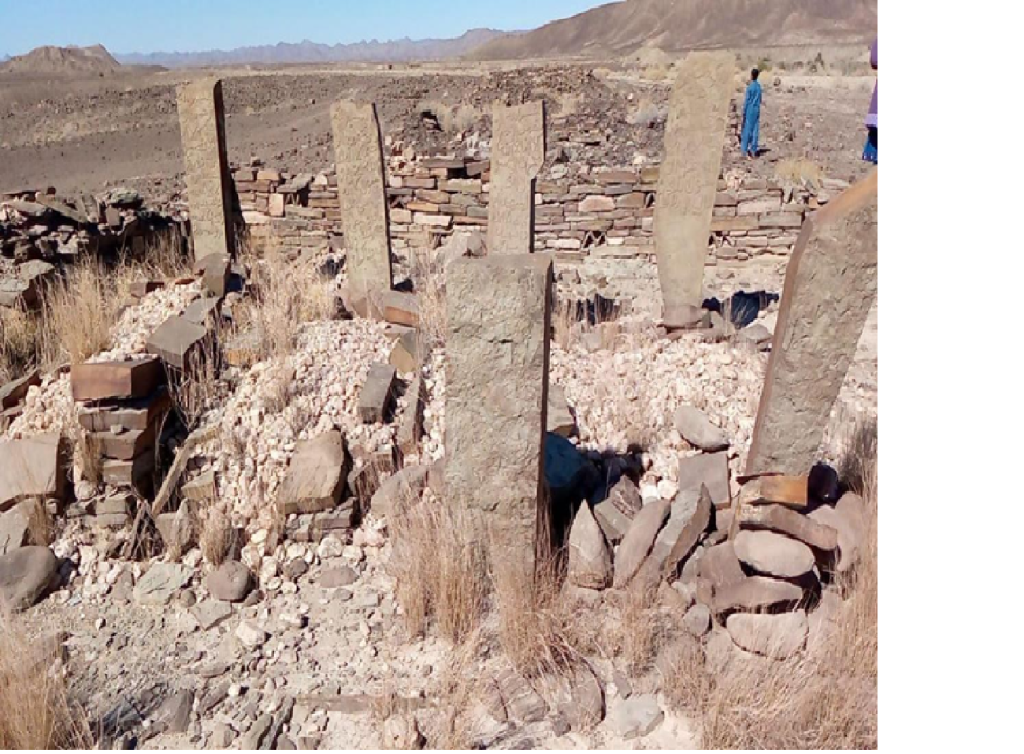
Today, the graves of Umar and Maho lie side by side in Adeera-e-Dan, surrounded by the resting places of others who perished in the fight.
The Cultural and Literary Legacy of Umar and Maho’s Story:
The tale of Umar and Maho has a profound participation in the oral story telling tradition of Baloch community. Creating depth and significance within the narrative of love, honor, emotions, and loyalty. Framed within the place of Zamuran, this epic story shows community’s values, particularly the concept of pan aesthetic love. On the other side, the moral lessons rooted within the story of Umar and Maho are the consequences of pride familial duties and societal expectations. At the core of this story, pride plays an imperative role in shaping the character’s decisions.

نے چادر ءُ نہ پردگے ھُشک ءُ ابیتکیں ڈنسر ءَ! ماھو ءِ کبرا
!سئیل کن اِت ماں زامُران ءِ راھسراں
The story of Umar and Maho teaches us that pride, familial duty, and societal expectations can have powerful effects on individuals and their relationships. The tragic ending of Umar and Maho’s love story shows that when people let these forces control their lives without considering the emotional consequences.
Umar’s initial rejection of Maho viewing her as unworthy shows the theme of pride. Causing catastrophic outcome as a forewarning narrative—mirroring the societal pressures. The graves of Umar and Maho at (Adeera) signify loses and the consequences of societal conflict. There are countless examples in Baloch literature such as Shereen and Farhad, and Sassi and Punnu. Their stories also connect generations through the theme of love and lose.
These narratives and fables are preserved by individuals like Jasum Dost, Yalaan Baluch Zamurani and Dr Farooq Baloch. Fundamentally, the story of Umar and Maho holds a significant place in the rich tradition and custom of Baloch oral storytelling, weaving together themes of love, loss, and tragedy—that are central to the cultural fabric of the Baloch society.
Through this story, the Baloch society not only preserves the memory of a tragic love but also continues to pass down lessons.
About the Author:

Nigar Razzaq Zamurani
Contributor at SIT Ink & InsightNigar Razzaq Zamurani is an alumni of School of Intensive Teaching. She is currently a member staff.



